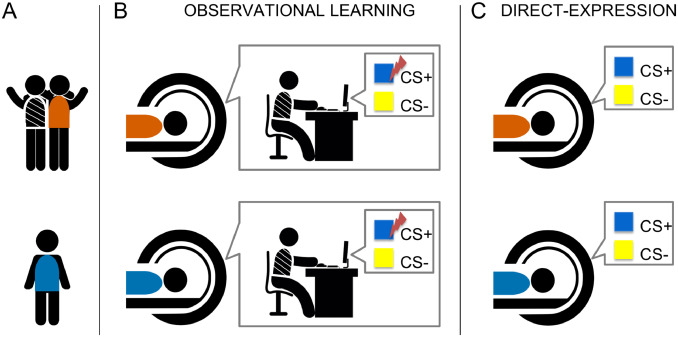
Neural correlates of emotional contagion in humans (National Science Centre HS6/02209)
Project Leader: Project Leader: Ewelina Knapska, PhD
Laboratory of Emotions Neurobiology, Nencki Institute of Experimental Biology


DETAILS OF PROJECT
The last decade has brought about a number of observations suggesting that a primal form of empathy exists in rodents. Most of them show that rodents are able to share states of fear. The studies in rats and mice started to elucidate the neuronal circuitry together with the underlying neurochemistry that are involved in driving such behaviours. Assuming that rodents and humans share, at least partially, similar mechanisms underlying such a simple form of empathy as emotional contagion, an extension of these studies could bring important information about the neuronal basis of empathic behaviours also in humans. Since little is known about mechanisms of emotional contagion in humans, in the present project we plan to test the hypothesis that there are homologous systems in humans and rodents for the social communication of emotions. This goal will be carried out by describing the patterns of brain activation and behaviour caused by sharing simple emotional states in humans and comparing them to the analogous data obtained in number of previous experiments carried out on rats. In order to get insight into the evolutionary roots and adaptive role of the investigated behaviours we will test whether socially transferred emotions facilitate learning and, if so, what are the brain mechanisms underlying this phenomenon. We also plan to investigate whether inter-species transfer of emotions is possible to test the hypothesis about universal nature of danger signals.To achieve these goals we are going to address the following questions: (1) Are the same brain structures networks activated by emotional contagion in rats and humans?; (2) Does socially transferred emotions facilitate fear conditioning in humans?; (3) Are the neuronal circuits activated by socially transferred fear subsequently used in fear learning?; (4) Is cross-species emotional contagion possible? In the first part of the project we will develop new and improve the existing behavioural models of emotional contagion in human subjects. The established procedures for observational fear learning and socially transferred fear will be used to investigate brain activation with fMRI method. We will focus on the amygdala (divided into the baso-lateral and centro-medial parts), prefrontal cortex and insular cortex, the structures that have been shown to be activated in similar models of socially transferred emotions in rats. Moreover, we will study the effects of emotional contagion on the subsequent fear conditioning (at the behavioural and brain activation levels). The effects of emotional arousal of human subjects on the brain activation of rats (inter-species transfer of emotions) will be studied by measuring the level of neuronal activation marker, c-Fos,in different parts of the rat brain after human-rat interaction. The simple forms of empathy observed in rodents, such as emotional contagion, probably evolved into more advanced emphatic behaviours observed in humans. However, to our knowledge, there exists no systematic empirical research addressing this hypothesis. The experiments planned in the project will allow answering the question whether and, if so, to what extent, the brain mechanisms underlying simple empathic behaviours, such as emotional contagion, are shared by rats and humans. This will in turn allow assessing how simplified animal models can be used to model human behaviour. The results obtained in the course of the project will undoubtedly contribute important information to the mainstream research conducted in the field of social interaction.
